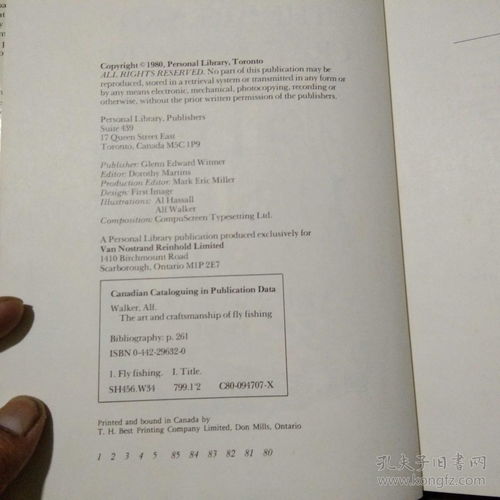Introduction:
Fly fishing, an ancient and revered sport, requires a blend of skill, patience, and a deep connection with nature. One of the fundamental aspects of fly fishing is mastering the art of binding the fly line to the rod, commonly known as 'tying on' the fly. This article delves into the essential techniques for binding your fly line to the rod, accompanied by detailed video tutorials to help you perfect your technique.
Understanding the Fly Line and the Rod:
Before we dive into the binding techniques, it's crucial to understand the components involved. The fly line is designed to cast the fly with precision and control, while the rod serves as the backbone of the setup, transferring the angler's movements into the line and fly.
The Basics of Binding:
Binding the fly line to the rod is a straightforward process, but it requires attention to detail to ensure a secure and efficient connection. Here's a step-by-step guide:
Prepare Your Materials: Gather your fly line, rod, and a suitable knot for the connection. The most common knots for this purpose are the blood knot and the improved clinch knot.
Choose the Knot: Decide which knot you prefer. The blood knot is versatile and strong, while the improved clinch knot is easier to tie and untie.
Position the Line: Place the fly line against the rod's guides, ensuring it is straight and free of twists or kinks.
Form the Knot: If using the blood knot, form a loop in the end of the fly line and pass the loop through the eye of the rod's tip. If using the improved clinch knot, simply form a loop in the line and pass it through the eye of the rod.
Tie the Knot: Follow the specific steps for the chosen knot. For the blood knot, you'll need to make several turns around the standing part of the line, while for the improved clinch knot, you'll wrap the line around itself and the standing part.
Secure the Knot: Once the knot is tied, wet it with water to tighten it and then trim any excess line.
Check the Connection: Gently pull on the line to ensure the knot is secure and the connection is solid.
Advanced Binding Techniques:
For those looking to take their fly fishing to the next level, here are some advanced binding techniques:

Double Taper Lines: For these lines, a special loop-to-loop connection is used to maintain the line's taper and performance. This requires a different approach to the standard binding method.
Specialty Knots: There are several knots designed specifically for fly fishing, such as the Palomar knot and the Turle knot, which can be used for different scenarios and line types.
Line Handling: Learning how to handle the line properly after binding is crucial. This includes maintaining a straight line, managing the line's weight, and understanding how the line behaves during casting.
Video Tutorials:
To further enhance your understanding and skill in binding the fly line to the rod, we have compiled a series of video tutorials. These videos cover the basics of each knot, step-by-step instructions, and tips for achieving a perfect connection.
- Blood Knot Tutorial: [Link to Video]
- Improved Clinch Knot Tutorial: [Link to Video]
- Double Taper Line Binding Tutorial: [Link to Video]
- Specialty Knots Tutorial: [Link to Video]
Conclusion:
Binding the fly line to the rod is a fundamental skill in fly fishing that can significantly impact your experience on the water. By mastering the techniques outlined in this article and utilizing the provided video tutorials, you'll be well on your way to enjoying a more successful and enjoyable fly fishing adventure. Remember, practice makes perfect, so don't hesitate to spend time refining your technique and exploring the many nuances of fly fishing. Happy fishing!












